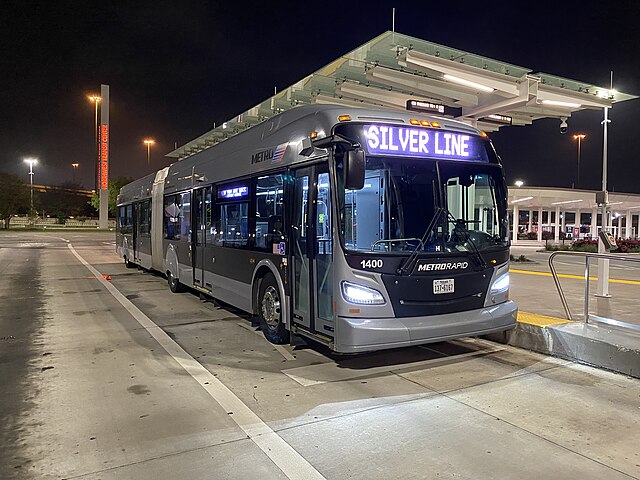At the latest count, 93 people died in the Maui fire that also burned most of the town of Lahaina. The blame for this fire can be traced directly to Hawaii’s 62-year-old land-use law, which was written to protect Hawaii’s agricultural industry but had the opposite result.
The land-use law divided the state into urban and rural zones and heavily restricted development of the rural areas. As the state’s population grew, Maui’s median home prices rose from about 3 times median family incomes in 1969 to 7.9 times median family incomes in 2021. Any prices above 5 times median incomes are unaffordable since banks won’t approve a mortgage for a home that costs that much more than a family’s income. Continue reading










